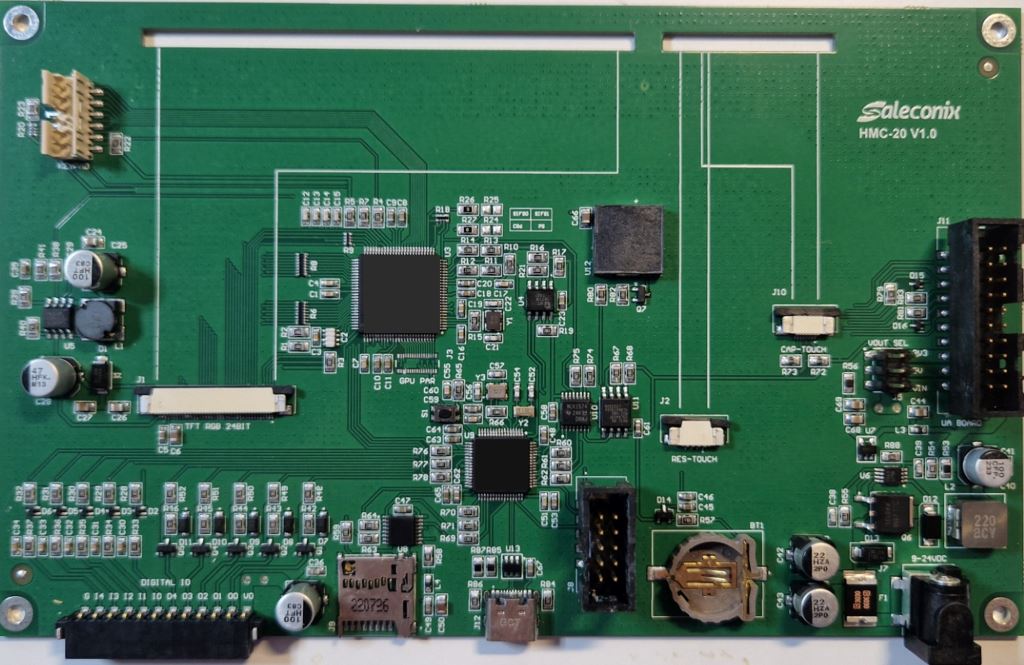


The story of Saleconix began in 2005. While searching for a thesis topic during my time as a predoctoral research fellow, I connected with a company developing a high-speed camera. At the time, I was serving as an assistant at the Technical University in Kortrijk (Belgium) and saw an opportunity to align my academic work with a consultancy project. Although the research component of the project was not substantial enough to serve as my thesis, the collaboration opened the door to additional professional opportunities. As a result, I registered a company number, marking the beginning of my secondary occupation and the foundation of what would become Saleconix.
In the years that followed, demand steadily grew for small-scale electronics projects. Many entrepreneurs approached me for assistance with microcontroller-based systems, firmware development, and PCB design—often for LED-related products. I primarily worked with PIC microcontrollers from Microchip, using the CCS C compiler for firmware development. As my activities expanded, I began making key investments in professional tools to enhance my capabilities. In 2010, I acquired a LeCroy WaveSurfer broadband oscilloscope and a license for Altium Designer. A few years later, I added an arbitrary waveform generator to my toolkit.
When it came time to establish a brand identity, I created the name “Saleconix.” The name is an artistic fusion of the words Sale, Communication, and Electronics—reflecting the nature of my services, while also subtly referencing my name. It captures the essence of a business dedicated to delivering both electronic products and engineering services.
In 2015, Saleconix transitioned into a partnership structure to streamline administrative processes and enhance operational efficiency. Over time, the company’s focus increasingly shifted toward IoT-related projects, which are characterized by the integration of sensors, communication technologies, and interactions with cloud platforms and databases.
To support this evolution, additional investments were made in advanced equipment, including an EMC conducted emissions test setup, a modern soldering rework station, and various handheld measurement tools.

By 2024, Saleconix had successfully completed more than 35 projects for a diverse range of clients, demonstrating a strong track record in delivering innovative, technology-driven solutions.
Looking ahead to 2025, Saleconix is expanding its scope to include embedded AI projects. With increasing market demand and the growing maturity of edge computing technologies, the time is right to integrate artificial intelligence into embedded systems—further enhancing the capabilities of connected devices and opening new opportunities for intelligent automation.
Sam Lefebvre
